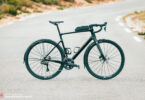The Ritte Satyr gravel bike lives according to the motto that “Steel is real”! The high-quality Reynolds 725 frame was designed by frame-building legend Tom Kellogg. How will this timeless beauty fare against the competition? Read on to find out!
A quick overview of this group test: The best gravel bike 2021
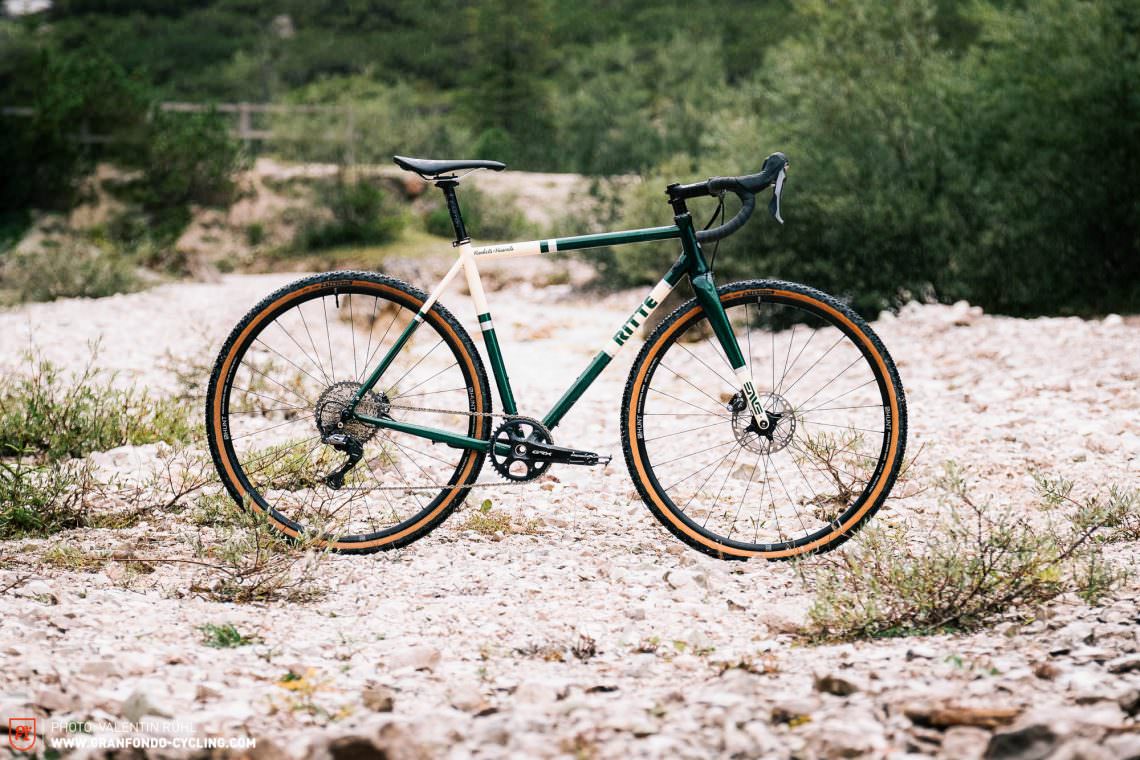
After things had gone a bit quiet around the US bike brand, Ritte is back on the scene with the Satyr gravel bike. Tom Kellogg is a legend among steel frame builders and has built a loyal following with his own bike brand, going by the name of Spectrum Cycles. Although he’s finally put the welding machine aside, he insisted on a Reynolds 725 tubeset playing a key role in the design of the Ritte. What resulted is a frame with beautiful and smart details such as the seat stay bridge, T47 bottom bracket shell and distinctive head tube. In addition to three mounting points for bottle cages, eyelets for mudguards and compatibility with front derailleurs for 2x drivetrains, the steel frame is adorned with the elegant ENVE G Series carbon fork. The colour combination underlines the bike’s timeless beauty. However, the paintwork needs to be treated with caution as it tends to chip.
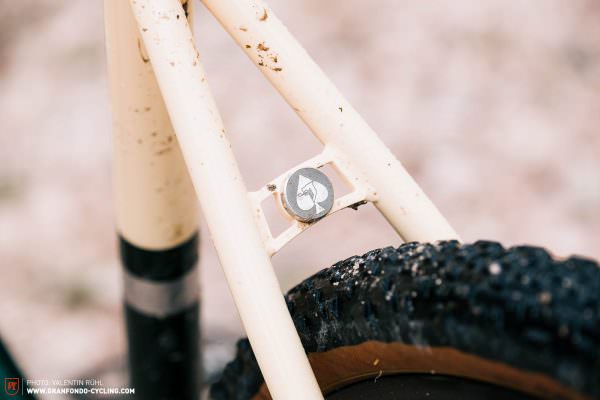
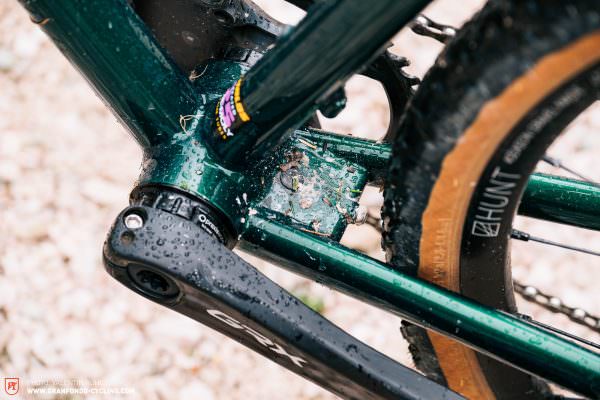
Ritte Satyr
€ 3,939
Specifications
Seatpost Easton EA70 0 mm
Brakes Shimano GRX RX810 160/160 mm
Drivetrain Shimano GRX RX800 40 (11–42)
Stem Easton EA50 90 mm
Handlebar Easton EA50 AX 420 mm
Wheelset Hunt 4 Season Gravel Disc X-Wide
Tires Teravail Rutland 42C
Technical Data
Size XS S M L XL XXL
Weight 8,9 kg
Wheelsize 700C
Specific Features
Beautiful details on the steel frame with Reynolds 725 tube set designed by Tom Kellogg
ENVE G Series carbon fork
Bolting points for mudguards
Bolting points on the downside of the down tube
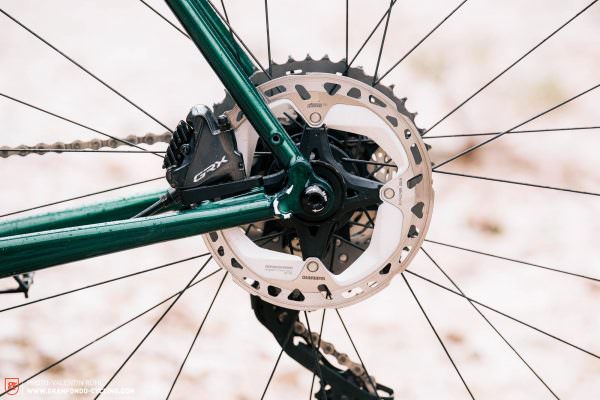
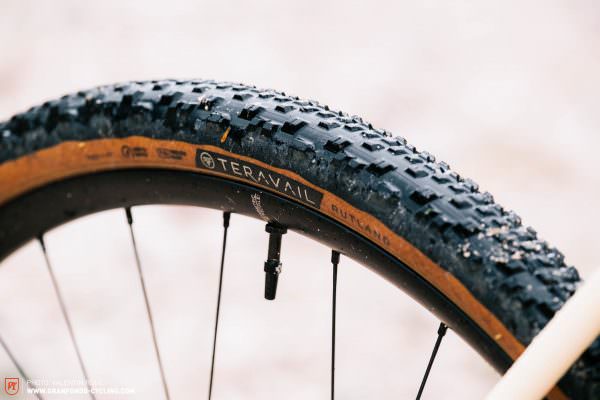
| Size | XS | S | M | L | XL | XXL |
|---|---|---|---|---|---|---|
| Seat tube | 491 mm | 512 mm | 523 mm | 539 mm | 551 mm | 564 mm |
| Top tube | 525 mm | 540 mm | 555 mm | 565 mm | 578 mm | 592 mm |
| Head tube | 95 mm | 115 mm | 130 mm | 145 mm | 160 mm | 175 mm |
| Head angle | 71.5° | 72.0° | 72.0° | 72.5° | 73.0° | 73.0° |
| Seat angle | 74.0° | 73.5° | 73.5° | 73.0° | 72.5° | 72.5° |
| Chainstays | 435 mm | 435 mm | 435 mm | 435 mm | 435 mm | 435 mm |
| BB Drop | 80 mm | 80 mm | 78 mm | 78 mm | 74 mm | 74 mm |
| Radstand | 1,002 mm | 1,009 mm | 1,025 mm | 1,023 mm | 1,028 mm | 1,042 mm |
| Reach | 372 mm | 376 mm | 387 mm | 388 mm | 392 mm | 401 mm |
| Stack | 530 mm | 551 mm | 563 mm | 580 mm | 592 mm | 606 mm |
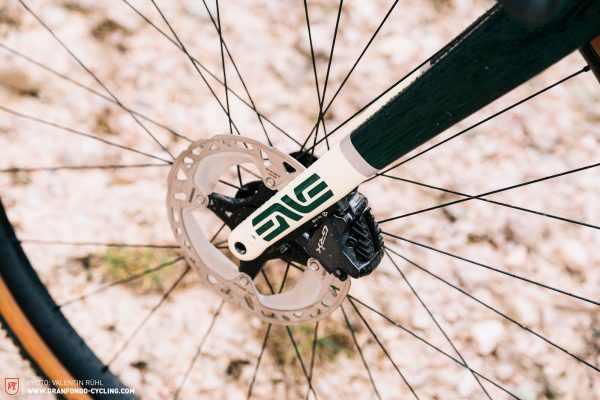
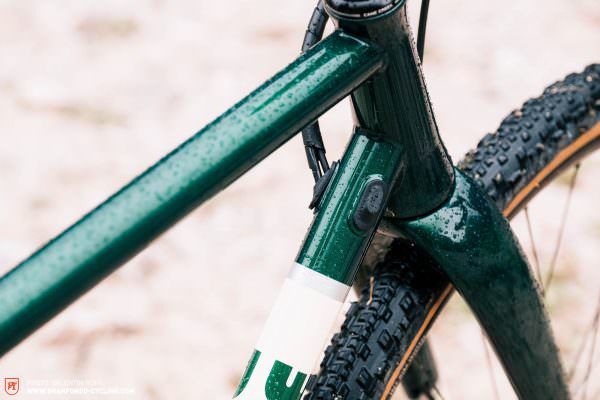
With this bike, rough gravel should be considered more of an adventurous detour and not as the surface of choice for long rides. The Ritte is at home on smooth, hardpacked ground!

Shirt Patagonia Daily Henley | Shorts Levi’s 559 cut off| Socken Stance Maytal
Our € 3,939 test bike comes equipped with a 1×11 Shimano GRX RX800 groupset with a 40 t chainring and 11–42 t cassette. The Hunt 4 Season Gravel Disc X-Wide wheelset is fitted with 700 x 42C Teravail Rutland tires, fully utilising the tire clearances of the frame. The aluminium Easton stem, handlebar and seat post round off the solid, no-fuss build. The total weight of our size L test bike is quite impressive at 8.9 kg.
Compared to the remainder of the test field, the Ritte presents itself with lively, playful and direct handling. While bikes like the Cannondale Topstone Lefty or the FUSTLE bring their mountain bike DNA into play, with the Satyr it’s its road genes that stand out most. The high agility of the front and rear are balanced harmoniously, allowing the bike to implement quick direction changes with minimal input from the rider. In tight corners at very slow speeds, we made acquaintance with an old friend that we thought we’d never see again on a gravel bike: toe overlap. It was more pronounced here than on any other bike on test.
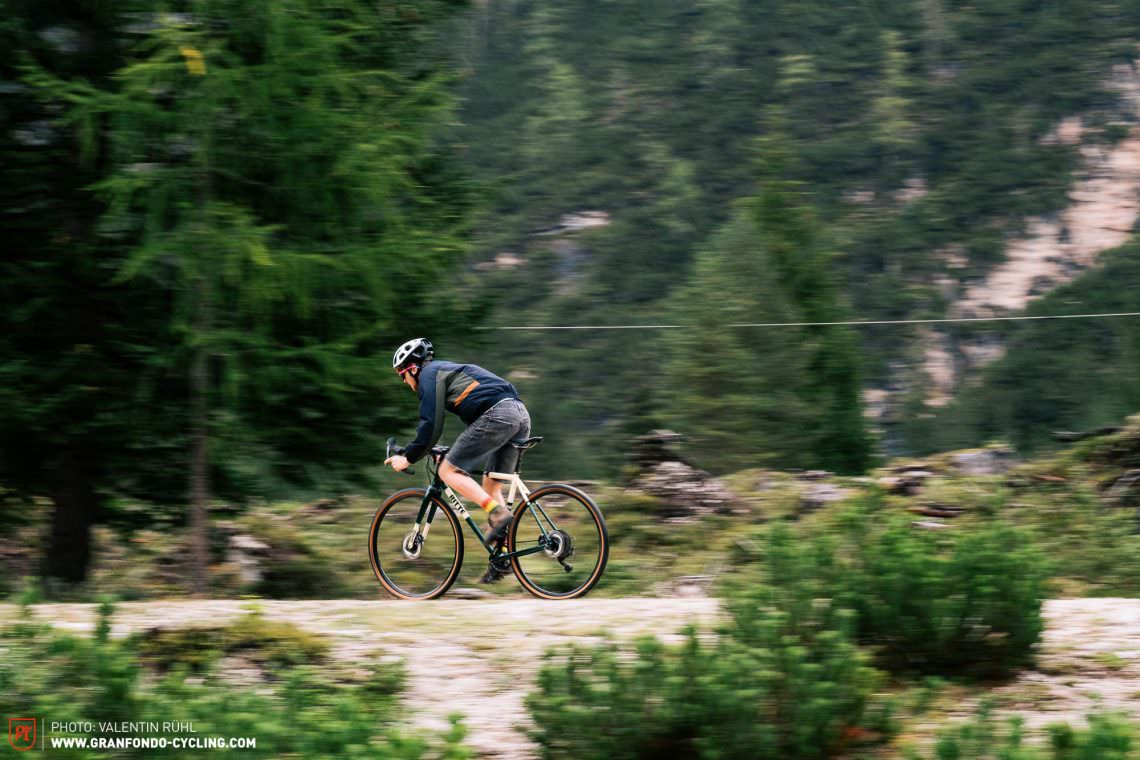
Despite its lively character, the handling of the Satyr is stable enough not to get nervous at high speeds. The bike’s acceleration is average in the test field but it’s sufficiently quick for the occasional home-stretch sprint. On the road and compact gravel, the Ritte performs very efficiently. However, the tires have too much rolling resistance for longer high-speed stretches and make the gravel time trialling a tough business. We were particularly surprised by the comfort of this steel bike, or rather, the lack thereof. The minimal compliance offered by the frame combined with the aluminium components of the cockpit and seatpost do little to absorb and dampen any bumps and vibrations you encounter. Here, the primary components generating comfort are the Teravail tires, which, due to their low volume and supple casing, flex easily and have little inherent damping. As such, the rider gets a lot of very defined feedback from the ground even on hardpacked surfaces and asphalt – it’s better to give potholes and ruts a wide berth. Thankfully, the bike’s agile handling allows such manoeuvres, though the tires reach their grip limits too quickly even in dry conditions. If the terrain starts getting rough or damp, your confidence in the bike’s capabilities will decrease accordingly.
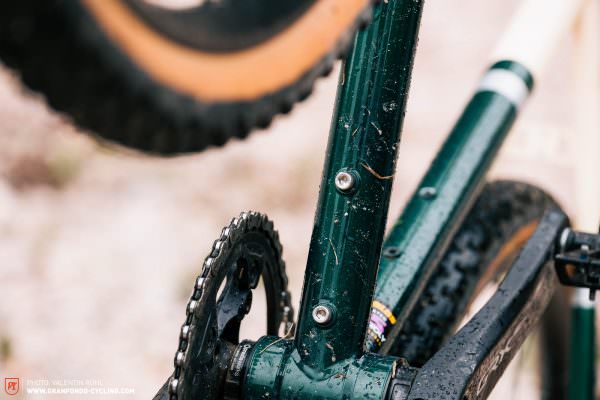
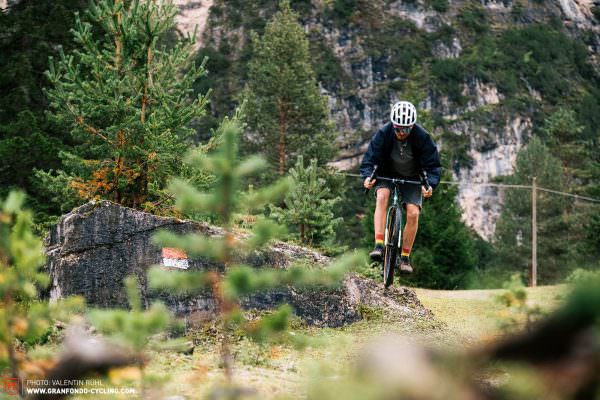
Tuning-tips: tires, e.g. Vittoria Terreno Dry, for improved efficiency and comfort | suspended seat post and stem for additional comfort
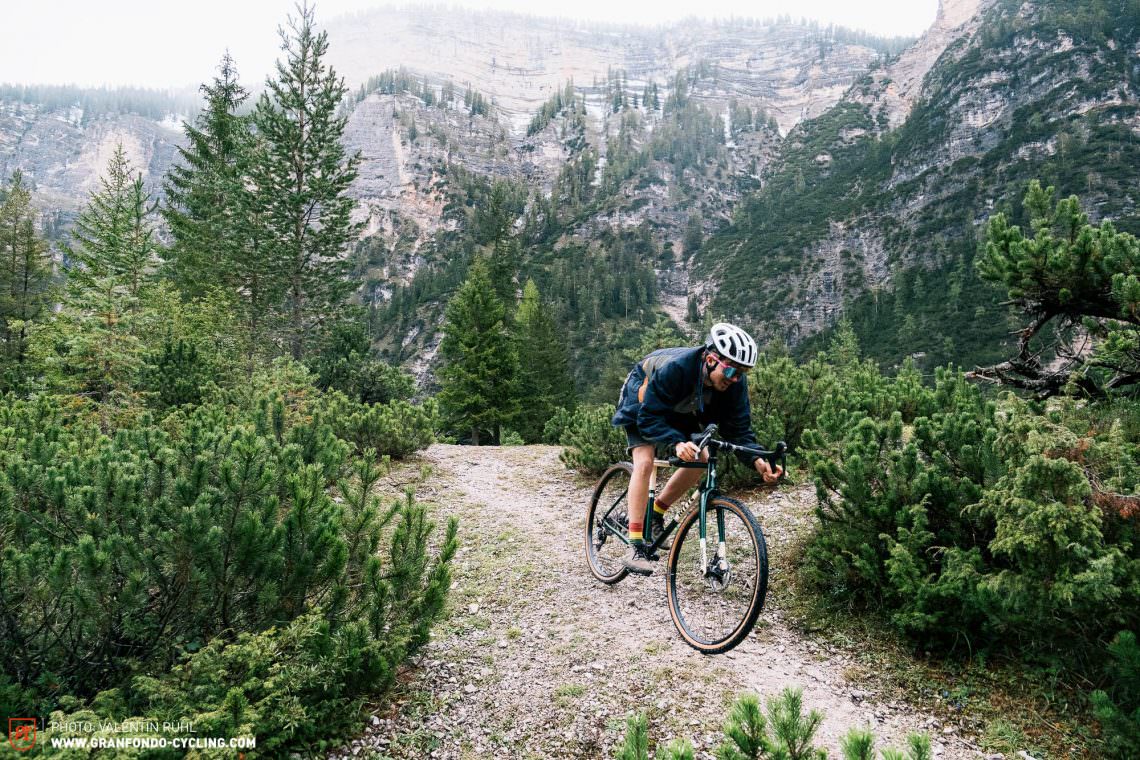
Riding Characteristics
4Agility
- cumbersome
- playful
Stability
- nervous
- confident
Handling
- demanding
- balanced
Fun factor
- boring
- lively
Comfort
- firm
- comfortable
Value for money
- terrible
- very good
Conclusion
The Ritte Satyr has a lot of the right ingredients for a good gravel bike but due to the lack of comfort, significant toe overlap and poor performance of the tires, its all-round capabilities are so limited that it isn’t much fun to ride off-road. If you stay predominantly on compact surfaces and asphalt, you’ll get a fantastic looking all-road bike with balanced and direct handling.
Tops
- balanced handling
- finishing and details of the frameset
- timeless, beautiful look
Flops
- prominent toe overlap
- comparatively uncomfortable
- limited versatility
- poor performance of the Teravail tires
Not sure which gravel bike you should buy? This guide will help you for sure: gravel bike buyers guide.
You wonder what tires to put on your gravel machine? We recently tested the best gravel tires against each other in our gravel tire group test.
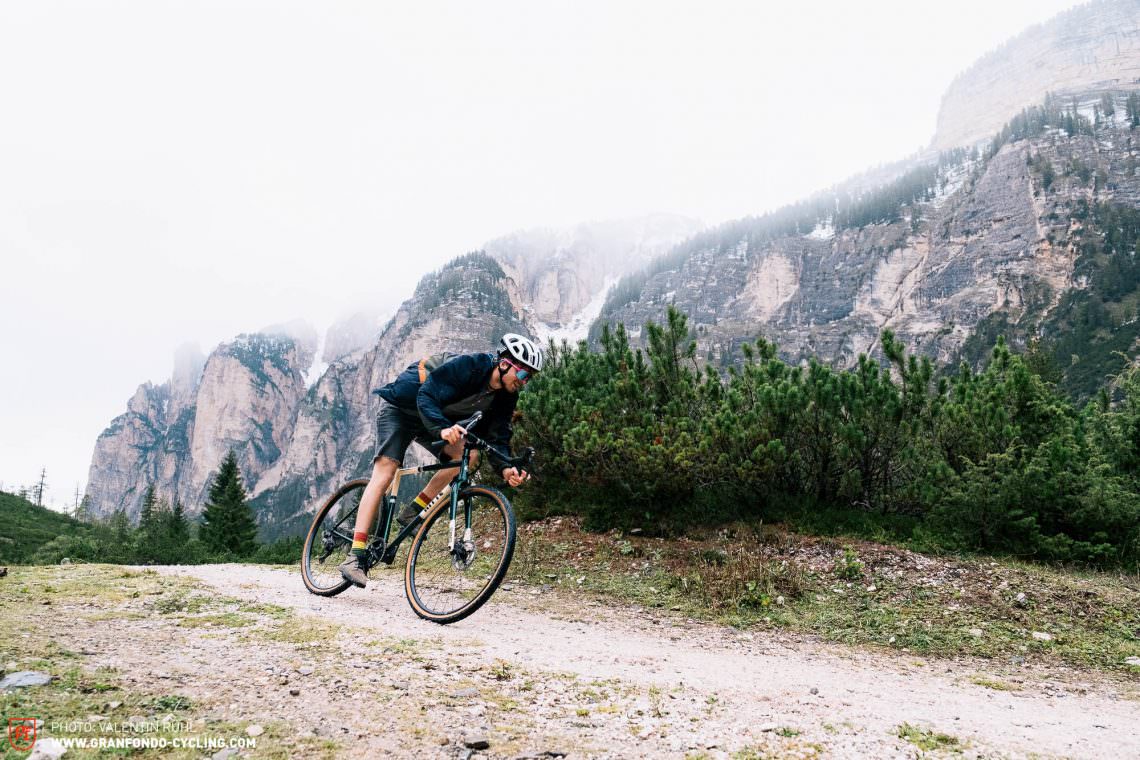
More information here: ritte.cc
The testfield:
Get an overview of this group test: The best gravel-bike 2021 – 13 models on review
All bikes on review: 3T Exploro Race EKAR 1X13 (Click for review) | ARC8 Eero (Click for review) | BMC URS 01 ONE (Click for review) | Cannondale Topstone Carbon Lefty 3 (Click for review) | Canyon Grail CF SLX 8 eTap (Click for review) | Fustle Causeway GRX600 (Click for review) | OPEN WI.DE. (Click for review) | Ridley Kanzo Fast (Click for review) | Ritte Satyr | ROSE BACKROAD FORCE ETAP AXS LIMITED (Click for review) | ROSE BACKROAD AL GRX RX600 1X11 (Click for review) | Specialized S-Works Diverge (Click for review) | Trek Checkpoint (Click for review)
No, it’s not about perfect race tracks, it’s about efficiency. Fast, fleet-footed and efficient – those who want to speed along high-speed passages need a defined and spritely bike that accelerates with ease and efficiency. Nevertheless, reliable components are important too. We interpret “Smooth tarmac” bikes as follows: Hard efforts at high speeds with a maximum efficient bike on a consistently well-paved road. Effort-joy ratio: 80:30 (not everything has to be 100%!)↩
… also known as bike riding. Broken-up roads in the hinterland, deadlocked gravel roads, loose surfaces – sometimes muddy, sometimes bone-dry. For this, it takes bikes with super all-round, handling and wearing qualities uphill and downhill. Effort-joy ratio: 50:50↩
If you want to use your bike almost every day, you usually do not need an extremely tuned racing machine. Solid components, which are able to cope with the rigours of continuous usage in any kind of weather, are part of the basic equipment. At the same time, the bike should have practicable details: integrated fenders/assembly options, luggage racks/attachment points and a light system or at least the option of installing bike lights. The position on the bike should be rather relaxed, the overall comfort high, so that the Afterwork Ride becomes a cure and not a curse. Effort-joy ratio: 30:70↩
You can find more info about our rating system in this article: Click here! ↩
Did you enjoy this article? If so, we would be stoked if you decide to support us with a monthly contribution. By becoming a supporter of GRAN FONDO, you will help secure a sustainable future for high-quality cycling journalism. Click here to learn more.
Words: Photos: Valentin Rühl


